Oilseed
All Oilseed Content

False Chinch Bugs Are Active in Canola
We have received reports of false chinch bug populations in canola this week. Heavily infested canola fields will sometimes appear drought stressed, but closer inspection reveals that false chinch bugs are the culprits for the wilting plants.
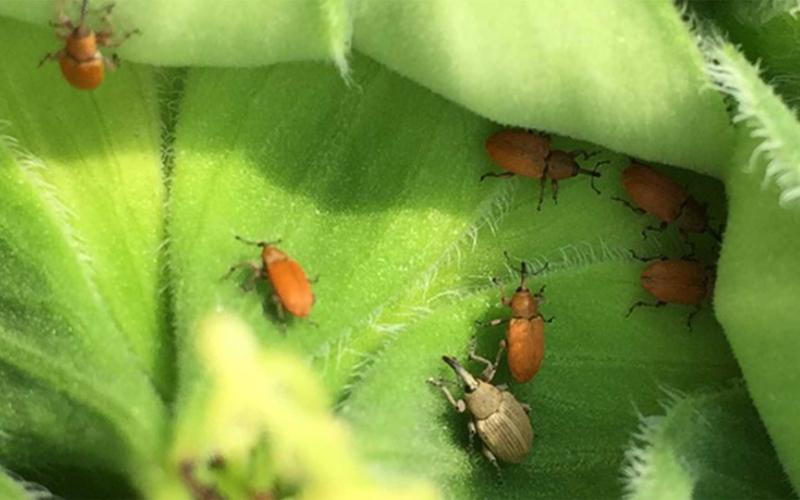
Identifying Red and Gray Sunflower Seed Weevils
When scouting sunflower, the most observed weevil is the red sunflower seed weevil. However, there are two species of seed weevils that can be present on sunflower heads in South Dakota.

Watch Sunflowers for Grasshopper Defoliation and Flower Feeding
Grasshoppers continue to be an issue in some areas of South Dakota. The hotspots seem to be along the Missouri River, but it is a reminder that everyone should be monitoring their crops for grasshopper feeding.
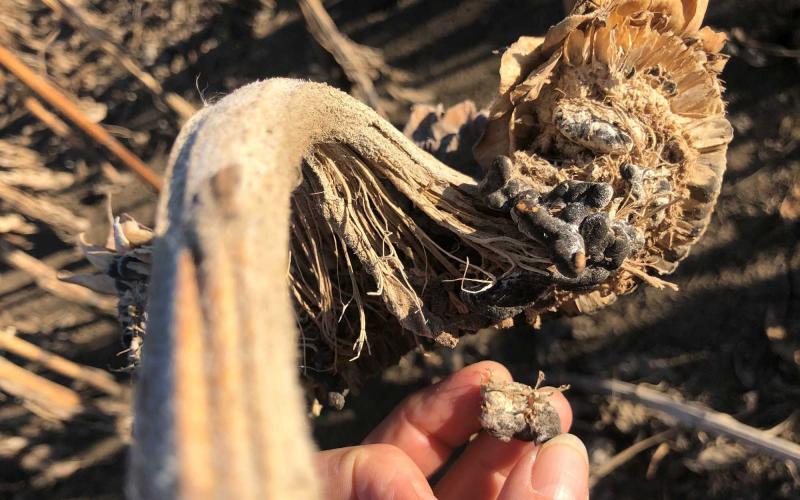
Sclerotinia Concerns in Sunflower
Sclerotinia diseases are a concern in sunflowers, because the fungus can infect the plant through the root, mid-stalk or the head. Wet weather and cool temperatures two-to-three weeks prior to and during flowering favor disease development.
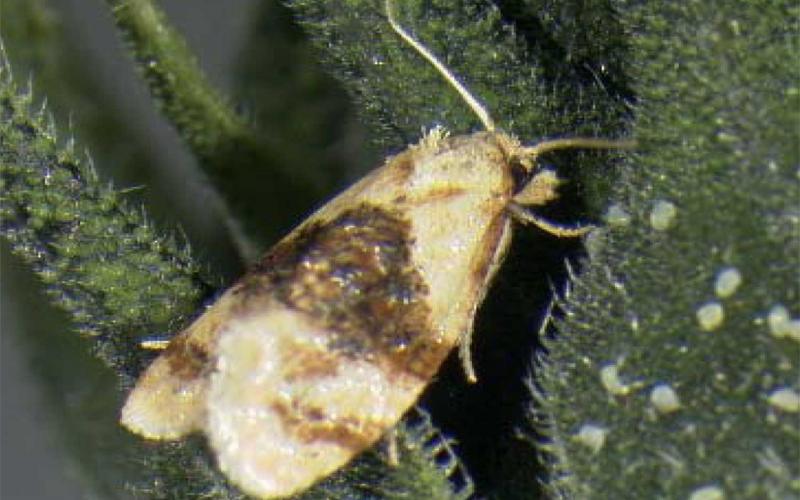
Monitor Sunflower for Banded Sunflower Moth Activity
Banded sunflower moths are active in South Dakota, which means it is time to start scouting sunflowers for their eggs. Banded sunflower moth caterpillars can reduce yields and oil content by feeding on the developing florets and tunneling into developing seeds.
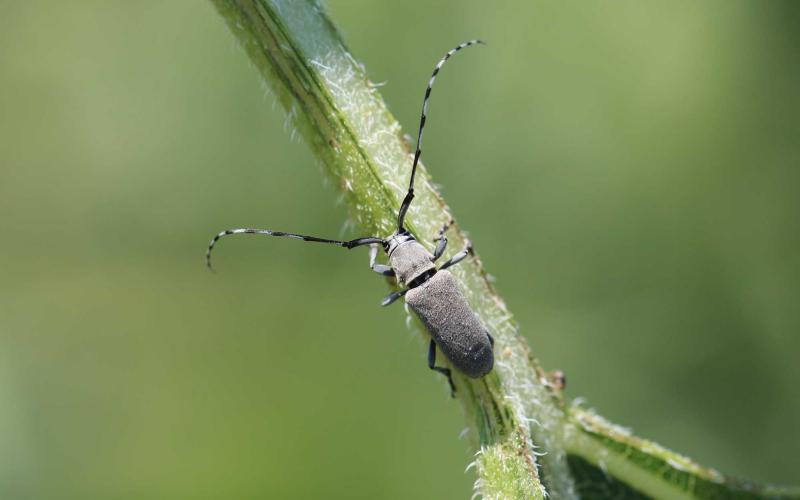
Will Dectes Stem Borers Be an Issue in 2020?
Every year, there is a risk that sunflower in South Dakota will be infested by Dectes stem borer larvae. At this point in the season, adults are active, and females have likely been laying eggs in sunflower plants.
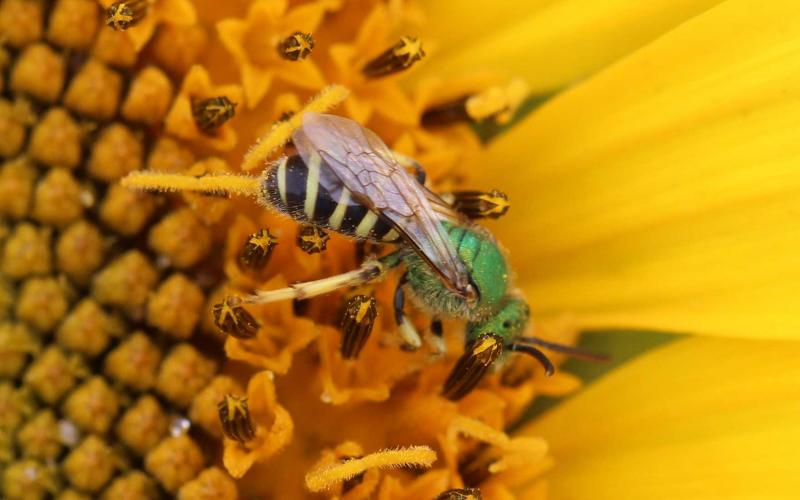
Bees and Other Pollinators Visiting Sunflower
While insecticides are often necessary to reduce pest populations and prevent yield loss in sunflower, it is important to consider the impact they may have on beneficial insects, like bees and other native pollinators.
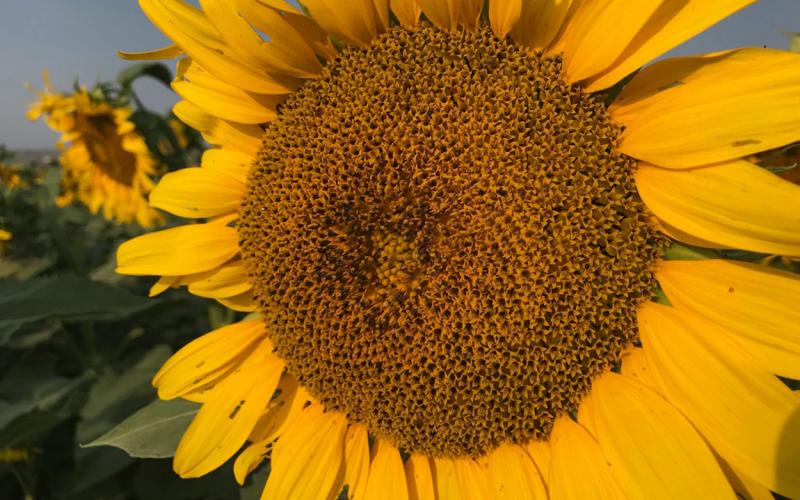
National Sunflower Association 2021 Sunflower Survey
Volunteers from private industry and SDSU Extension will soon be visiting South Dakota sunflower fields to participate in the biennial sunflower survey. The survey aims to evaluate yields and production practices along with pest pressure from weeds, insects, diseases and birds.
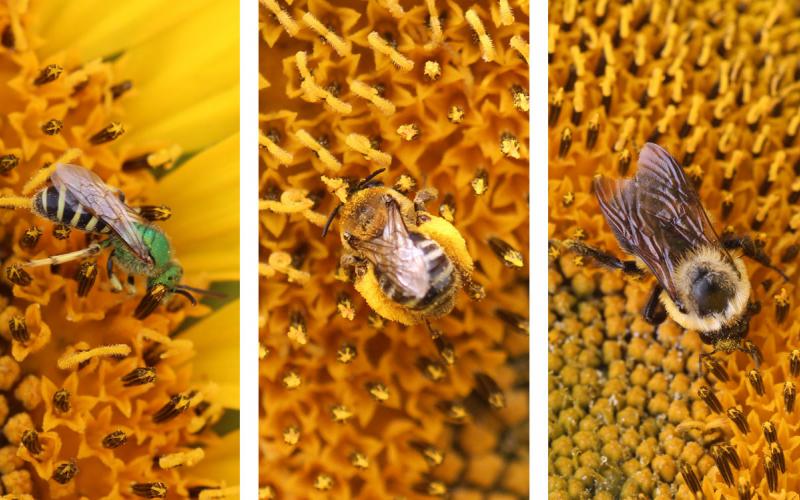
Pollinators Are Active in Sunflower
While scouting sunflowers, it’s hard to not notice the constant buzzing present in the field, which is produced by numerous species of bees. While sunflower varieties grown in the United States were bred for self-fertility, there is evidence that both honey bees and native wild bees can improve pollination.
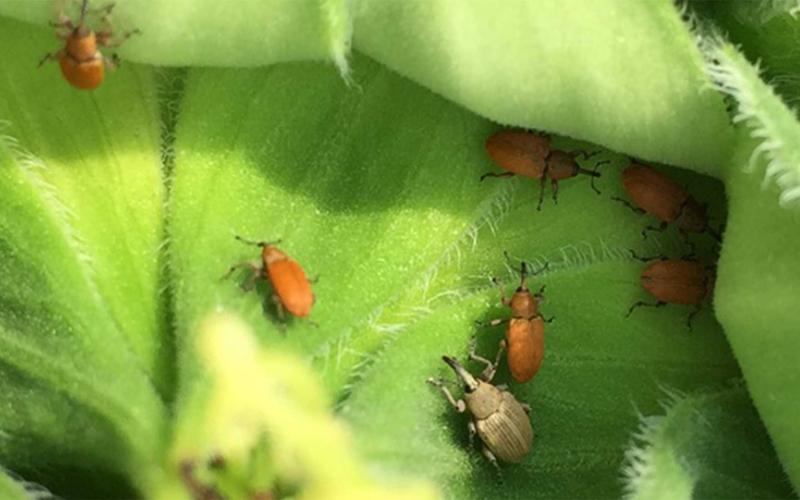
Red and Gray Sunflower Seed Weevil Identification
While scouting sunflower, it’s not uncommon to observe both red and gray sunflower seed weevils on the same developing head. Differentiating these two species isn’t difficult, as there are obvious size and coloration differences.